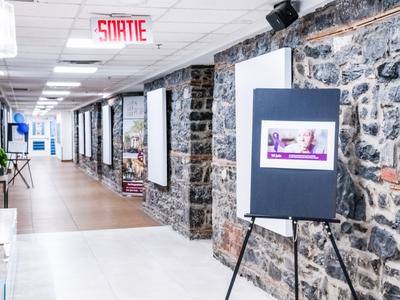FAQ
An intermediate resource (IR) is defined as a living environment adapted to the needs of semi-autonomous or in loss of autonomy seniors requiring help in their daily activities for 1 to 3 hours of care per day. Intermediate resources provide housing and support services for the social reintegration of people in difficulty. Intermediate resources provide essential services for the resident's lifestyle and personal hygiene. It is the Quebec Health Insurance Plan (RAMQ) that calculates the costs paid by the resident of an intermediate resource.
When looking for an intermediate resource, a social worker employed by a public institution such as a CLSC will assess the degree of autonomy and determine the most appropriate resource for the person's needs. For all admissions, you must contact the CLSC in your area.
The best intermediate resources in Québec are: Maison L'Étincelle Verdun, Excelsoins Résidence Principale and Résidence Le Samoa.
The intermediate resource exclusively offers services to people who have been referred by the Quebec health system, offering shelter costs that are representative of the resident's income. On the other hand, the waiting list for access is sometimes long. In the case of a private residence, it is also possible to offer services to a semi-autonomous clientele, but admission can be done without going through the health system. The advantages are that the private residence can offer rooms that are available more quickly, so you avoid a waiting list and you could be entitled to a tax credit.
If there is a waiting list for an intermediate resource, Bonjour Résidences can offer you hosting options without a waiting list quickly. Let us help you by filling out this accommodation form.


































































































































